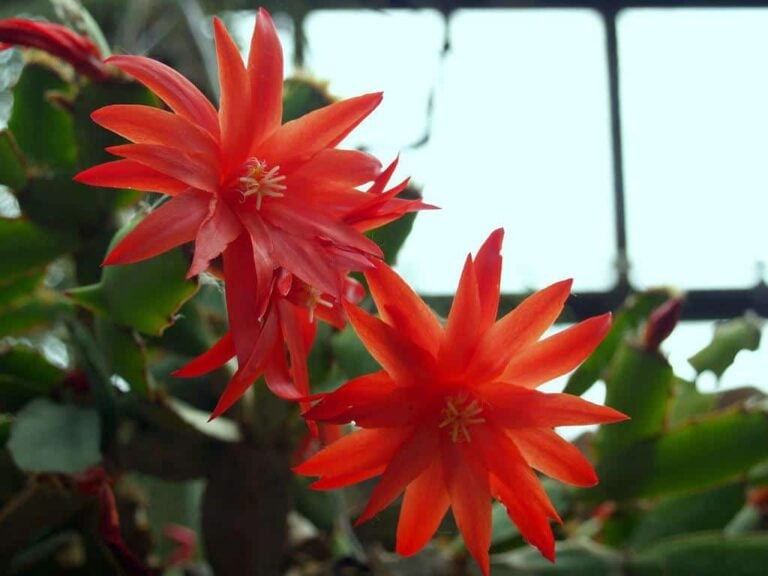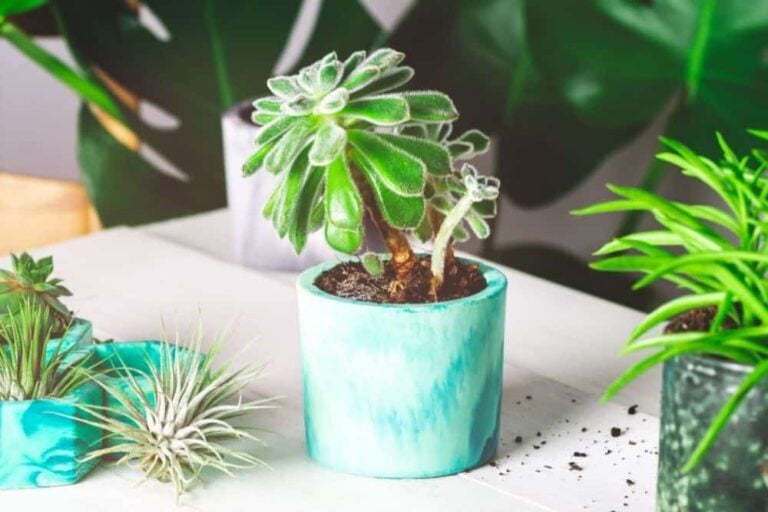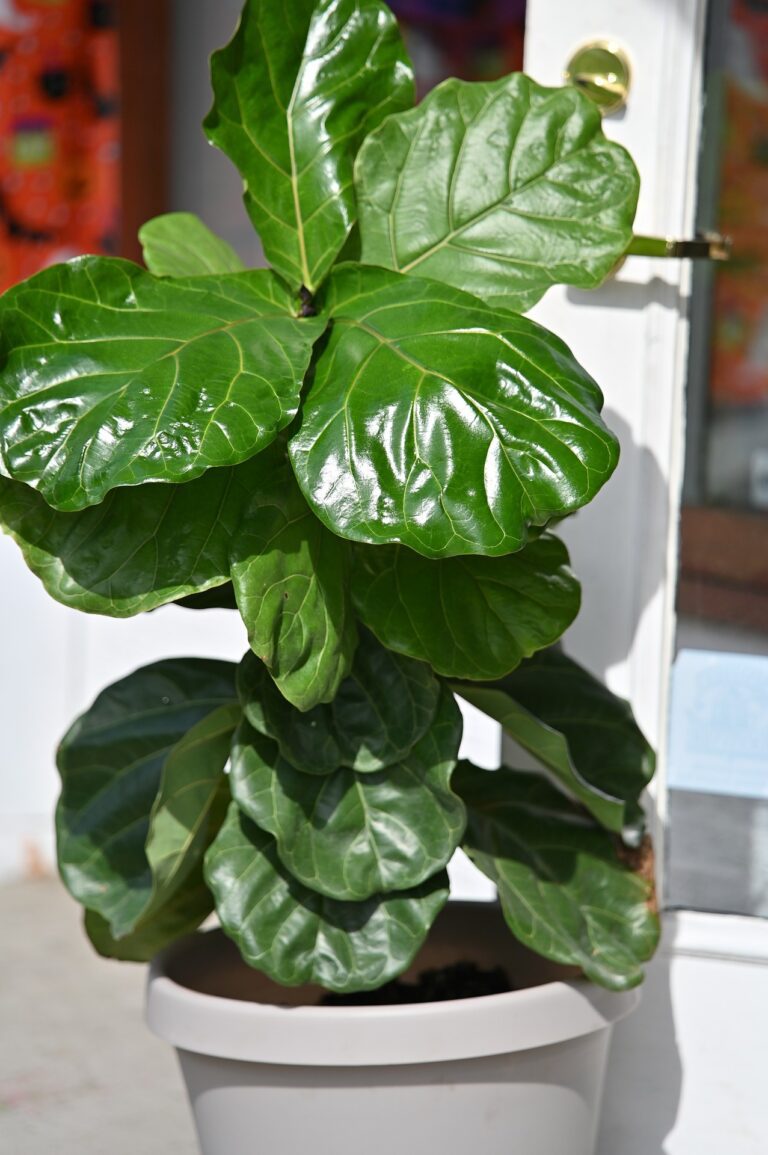Maintaining the Cast Iron Plant
The cast iron plant has to be one of the most appropriately named plants. If it had a middle name, it would be tolerant. If that alone weren’t enough, it’s a handsome plant with lovely foliage that would make a welcome addition to your home or garden. Continue reading to learn more about this tough plant and how to care for it as either a houseplant or garden plant.
What Is a Cast Iron Plant?
The cast iron plant (Aspidistra elatior) is a member of the Asparagaceae Family. It is a diverse group of plants that includes asparagus, agave, and dracaena. You can find plants of this family around the world. While they don’t share a lot of common physical traits, they are connected genetically and from an evolutionary perspective even if they look worlds apart.
The name cast iron should tell you everything you need to know about this plant. It is also known as barroom plant and iron plant. It originated in eastern Asia, coming to this country around 1824. The barroom plant moniker is fitting, given its place in smoky taverns back in the day. While you may think of it as a houseplant, it will also do well outdoors in shady gardens.
Benefits for Both Indoors and Outdoors
The advantage of the cast iron plant for both inside and outside settings is its hardiness. It can handle just about anything you throw its way including low light, poor soils, and even the occasional neglect. It offers an excellent choice for the gardener who likes the proverbial green thumb. If you want to succeed growing plants, you may want to consider the cast iron plant.
You’ll find a wide variety of cultivars with different patterns of variegation and spots. If you’re looking for a centerpiece plant, you’re sure to find a plant to fit your garden’s theme and mood. It is a long-lived perennial plant that will continue to delight for years to come. As a broadleaf evergreen, it will provide year-round color which adds to its charm.
How to Care for the Cast Iron Plant
The care for a cast iron plant is similar whether you have one outside in a container or a pot in your home. They are low maintenance and tolerant of a broad spectrum of conditions. Their regal form makes them a good choice for a patio plant or as a focal point in a room. Its vibrant dark green foliage makes an ideal backdrop for any room or landscape design.
Light
As an indoor plant, few others match the easy care of this plant. You needn’t set up a grow light to keep it happy. It’ll do just fine with the ambient light. It is the same for outdoors plants. They thrive and even flourish in the shade. In fact, its leaves will discolor if it gets too much sun. It’s a perfect addition to a shady garden or just that one spot you need a plant that wants less light.
Moisture
Its moisture needs run from low to medium. If you’re planting them outdoors, they prefer moist soil conditions to get established. Afterward, they become drought tolerant. It’s a slow-growing plant which you might expect for a plant that prefers low light. That accounts for its low water use. It’ll reach a maximum height of two to three feet in about 10 to 20 years.
The cast iron plant can tolerate dry conditions. However, it will fare the best if its soil is kept moist rather than bone dry. Likewise, it’ll do better during drought conditions if you water it during the worst extreme conditions. As a general rule of thumb, water your plants when the soil becomes dry. The cast iron plant is no exception.
This video from the University of Wyoming Extension explains the importance of proper drainage for your container plants.
Soil Conditions and Fertilizing
The cast iron plant prefers well-drained soils to prevent root rot. It can adapt to a variety of soil types and conditions. In fact, the variegated cast iron plant will lose its lovely coloration if the soil is too nutrient-rich. Unlike other heavy feeders, it does well with only the occasional fertilizer application. But a light hand is essential. Planting them with some organic matter is all they need to make sure they get the proper nutrition.
The cast iron plant can adapt to other challenging conditions including slightly alkaline soils. It can handle the gamut of soil types from sand to clay to loam. The one thing it can’t tolerate well is salt which is something you can say about a lot of plants. You should also keep them in sheltered areas to prevent wind damage—or toppling over a top-heavy potted plant.
Fitting In
As a ground cover, it is not aggressive. It will exist happily in USDA Plant Hardiness Zones 7 through 11. The cast iron plant isn’t a plant you’ll grow for its flowers which appear as brown blooms. Rather, it is a plant that you’ll put in your garden or home for its foliage. Its showy leaves can reach lengths of 18 to 36 inches. You can even cut some to add to floral arrangements.
The cast iron plant takes care free to all levels. In addition to shade and drought tolerance, it is relatively pest and disease free with the exception of leaf-spotting diseases. As long as you avoid watering the foliage, your plant should do fine. As a garden plant, It won’t crowd out others or take over your garden. It will play well with other plants.
The cast iron plant is tough and tolerant, making it an excellent choice for challenging garden situations. Whether it’s a lack of full sun or a nutrient-rich soil, it will continue to thrive and reward you with its lovely foliage for many years to come. It will fare well as either a container plant or a permanent member of your garden.
Photo by leoleobobeo licensed under CC0.



